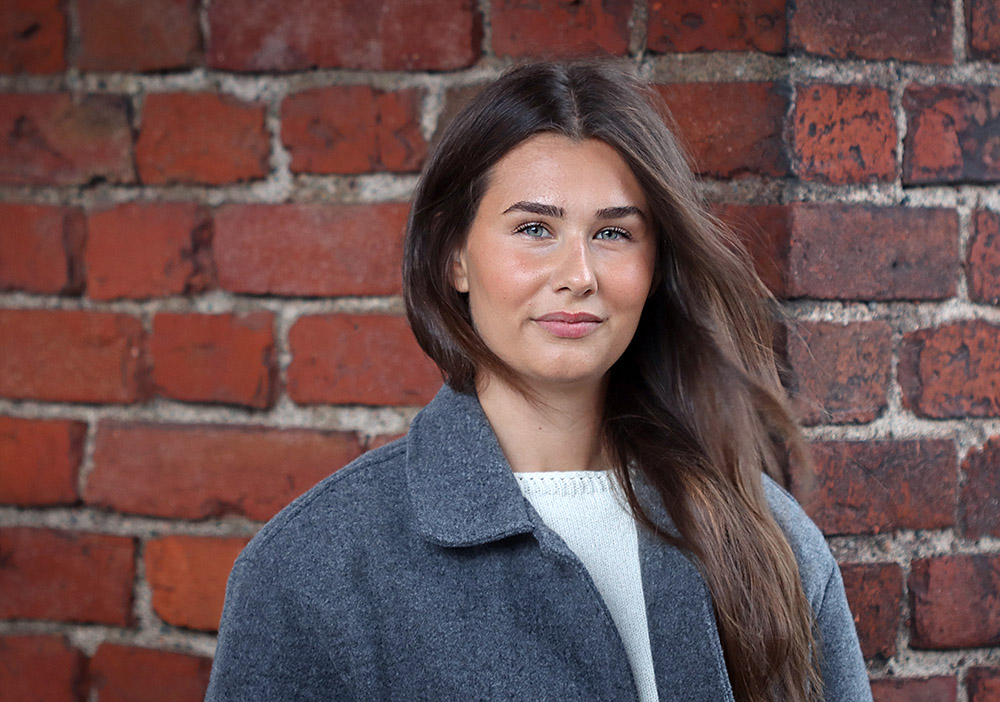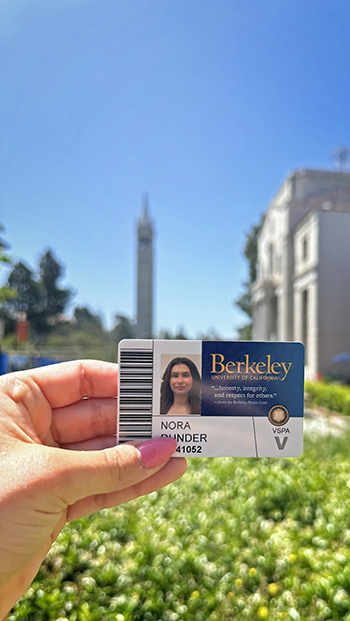KTH student enhances technical preparatory year with new educational content

Nora Dunder travelled to the U.S. for a summer internship at the University of California, Berkeley. She returned to KTH with new content for the "Mathematics for Preparatory Year II" course, part of the Technical Preparatory Year. Here’s how it unfolded.

Dunder was one of several KTH students who interned at UC Berkeley during the summer of 2024. They worked for nearly two months focusing on individual projects within the framework of digital transformation. While some focused on energy research and electric vehicle charging infrastructure, Dunder delved into the field of education.
Specifically, she focused on adaptive tutoring systems for students and translating the content within these systems.
Adaptive difficulty
An adaptive tutoring system is a computer-based platform that tailors instruction to each student’s individual needs and knowledge level. These systems use advanced algorithms to assess a student's understanding of a subject and adjust the difficulty and type of exercises accordingly.
Until now, these tutoring systems were based on closed-source code, but UC Berkeley Associate Professor Zach Pardos recently developed a new open-source system, Open Adaptive Tutor (OATutor) . This has introduced new possibilities, including translating content into different languages. Language content is a particularly important aspect of adaptivetutoring systems.
Comma versus full stop
Dunder has developed a scalable machine learning method to translate the content in Pardos' tutoring system into Swedish, with a focus on preserving important cultural elements.

"There are several cultural differences to consider," Dunder says. "In the U.S., gallons are used, while in Sweden, it's litres. Gallons aren’t intuitive for most Swedish students. The use of standard notations is also important in mathematics. In Sweden, a comma is used as a decimal separator (2,5), while in the U.S. it's a full stop (2.5), " Dunder says.
Effective teaching is key
Dunder adds that the key is remembering that mathematical terms can vary significantly between languages. Some terms, like "derivative" and "derivata," are similar, while others, such as "net signed area" and "arean under kurvan" (the area under the curve), are completely different and can lead to misunderstandings if not translated correctly.
"A concrete example is the phrase 'Write each number in scientific notation.' If you don’t account for cultural differences, you might translate it to 'Skriv varje tal i vetenskaplig notation,' but a more accurate translation would be 'Skriv varje tal i grundpotensform.' It’s important to consider these cultural differences to ensure students properly understand the material and that the teaching is effective," Dunder says.
Dunder also notes that OATutor, Pardos’ adaptive tutoring system, is based on content from six U.S. mathematics textbooks. Manually transferring the content into the system has already taken more than two years. Translating each sentence manually would be an extremely time-consuming and costly process.
"That’s why it’s crucial that the method is scalable, so we can efficiently handle large volumes of text and quickly integrate translations—saving both time and resources," Dunder says.
Footnote: Technical Preparatory Year is also called a "Foundation Year" in some contries.
Text: Peter Asplund
